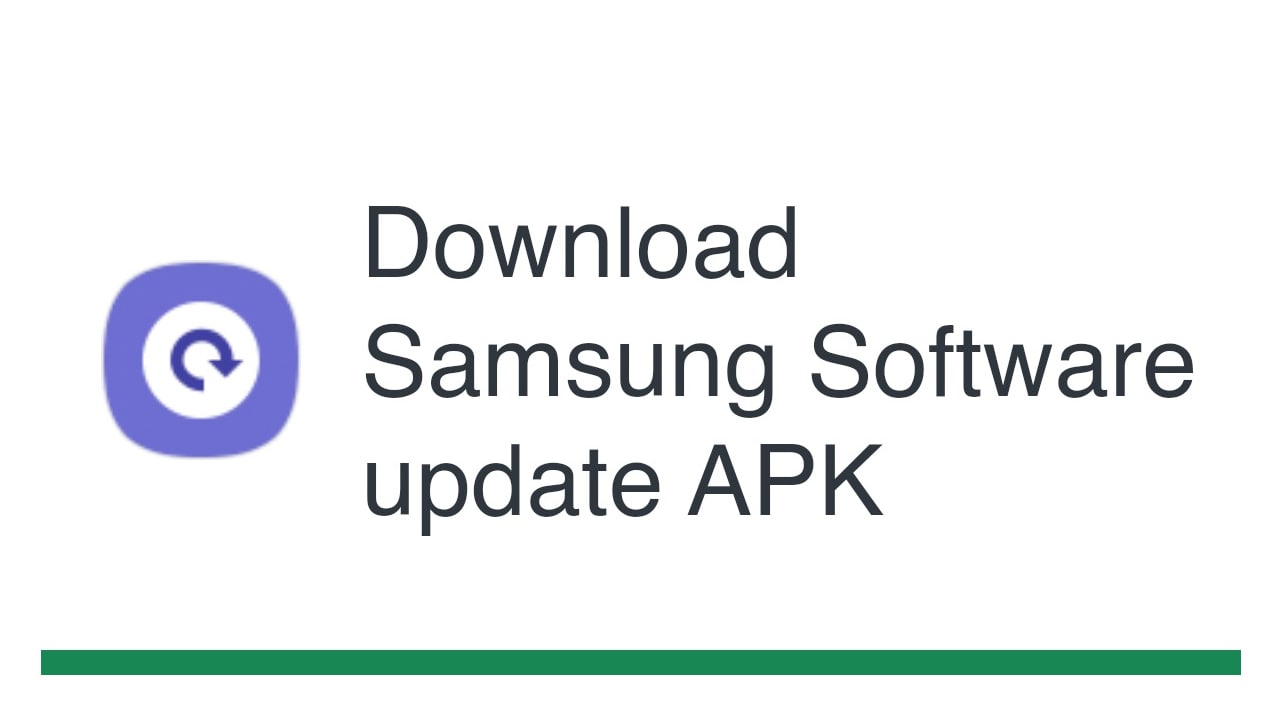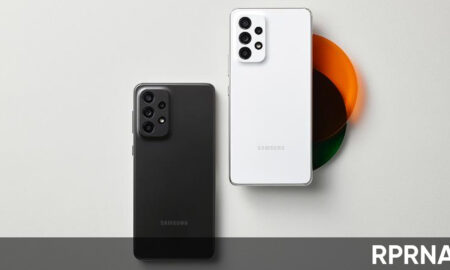Search results for "Samsung ai software"
-

 979Updates
979UpdatesExecutive explains why OnePlus not following Samsung and Google 7 years of software update path
In the rapidly evolving world of technology, OnePlus Executive explains why it’s not following Samsung and Google’s 7 years of software update...
-

 1.3KApps
1.3KAppsThere’s a new update available for Samsung Software Update App, get the latest version 3.7.27 [One UI 4.1]
Samsung Software Update App is a preinstalled app on most Samsung smartphones. The app checks for any software or security updates notify...
-

 1.1KUpdates
1.1KUpdatesSamsung Galaxy S20 Software Update: Android 12-based One UI 4.0 update now available in the US
In this article, we will cover every software update for the Galaxy S20 series users all around the globe. Check the complete...
-

 656News
656NewsSamsung Galaxy A52s Software Update: Android 12-based One UI 4.0 update available in Europe
UPDATE 2: January 13 (04:59 ET) Galaxy A52 5G getting Android 12 in Europe Samsung Galaxy A52s 5G is getting an Android...
-

 468Updates
468UpdatesSamsung June 2021 Software Update: New update available for the Galaxy S21, Galaxy A50/A72, and Galaxy S20 FE
Samsung is rolling out a new software update for the Galaxy smartphones including the Galaxy S21, Galaxy A50, Galaxy A72, and Galaxy...
-

 8.3KUpdates
8.3KUpdates[Widely available] Samsung is rolling out a new software update with a green tint fix for the Galaxy S20
Update: The Galaxy S20 software update with the fix for a green tint display issue now available widely. Original Article: April 22,...
-

 588Updates
588UpdatesSamsung Galaxy A14 5G getting July 2024 update at Verizon US
Samsung has geared up its July 2024 update rollout process and seeding Galaxy A14 5G with the latest enhancements and fixes in...
-

 440Updates
440UpdatesJuly 2024 update for Samsung Galaxy A53 5G reaches US
Samsung has pushed a new update for Galaxy A53 5G, which installs the July 2024 security patch in the US. To be...
-

 585Updates
585UpdatesSamsung Galaxy A52s and A34 5G receiving July 2024 security update
Key Points Samsung Galaxy A52s receiving July 2024 update in India. Galaxy A34 5G users collecting the patch in Latin America. The...
-

 412Apps
412AppsSamsung Single Take feature gets One UI 6.1.1 support
Key Points Single Take feature now supports One UI 6.1.1 software. One UI 6.1.1 came pre-installed with Z Fold 6 and Z...
